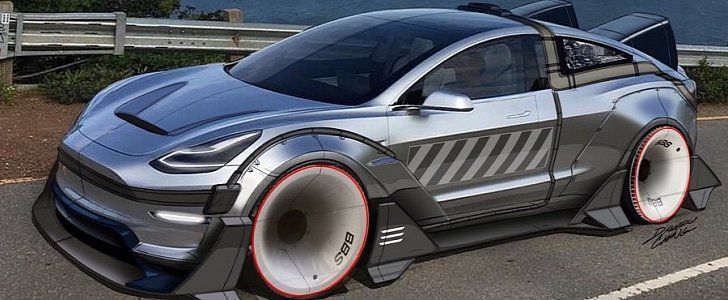The 15-year-old boy, a Yanomami from the village of Rehebe on the Uraricoera River, died Thursday, according to Brazil’s Ministry of Health.
He had been in the intensive care unit in Roraima General Hospital in Boa Vista, the capital of Roraima state, since April 3. The hospital has not revealed his cause of death, the Ministry of Health said.





